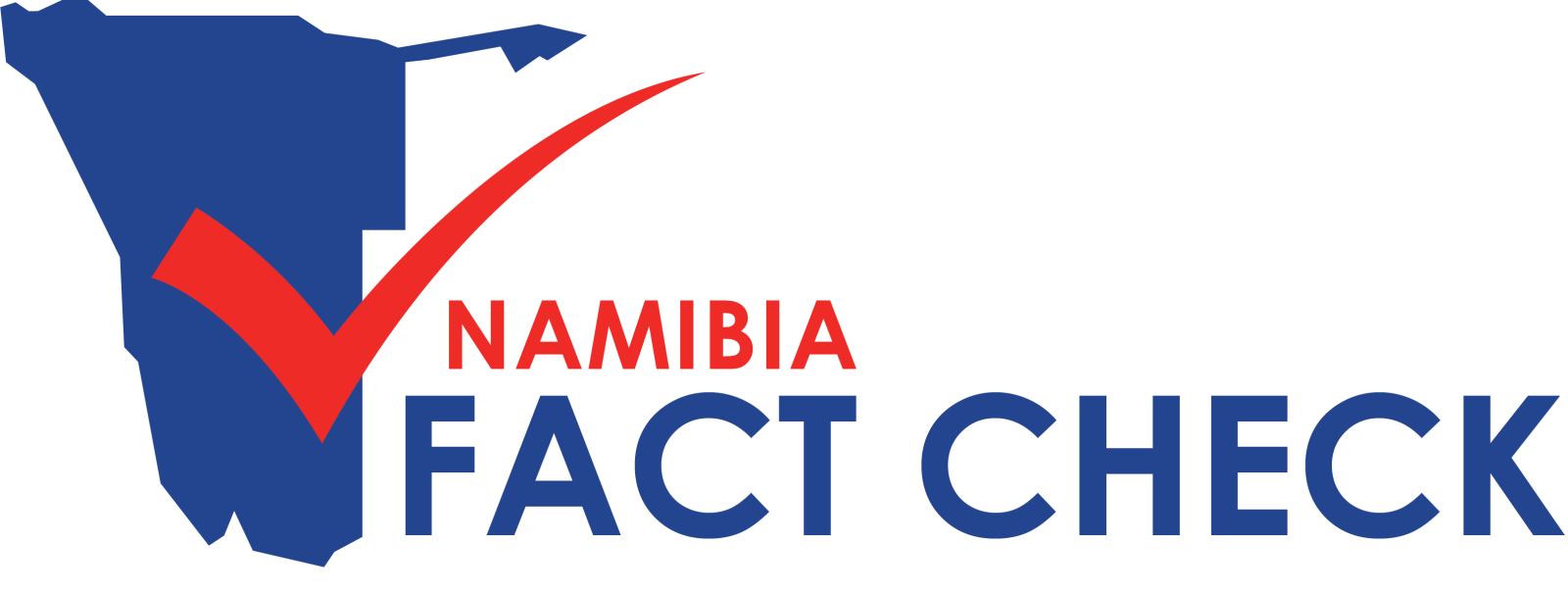Photo by Jeremy Bezanger on Unsplash
The newest COVID-19 variant is spreading faster and further, but science is starting to catch up to shed light on it.
In late November 2021 the new COVID-19 variant was first identified and sequenced in South Africa and Botswana, and since then the variant has been discovered in other parts of the world.
At the 37th COVID-19 Public Briefing, on 5 December 2021, Namibian health minister Dr Kalumbi Shangula announced that the new variant had also been identified in Namibia. Dr Shangula stated:
“Following the reports and identification of the Omicron variant, Namibia started to conduct Genomic sequencing of samples that tested positive for SARS-COV-2. A total of 19 samples which tested positive for COVID-19 through RTC/PCR between 11-26 November 2021, were selected for next generation sequencing (NGS) after passing quality control. Out of the 19 samples, 18 tested positive for the B.1.1.5.2.9 the “Omicron Variant”, while one (1) was the Delta Variant.”
Since this announcement in early December 2021, Namibia’s new infections have started to climb steeply again and the Omicron variant has been picked up in more countries around the world.
The main take-aways so far from the Omicron variant story that have gone viral around the world are that the variant spreads faster, but symptoms are milder than, for instance, the globally dominant Delta variant.
Following are some basic facts and early information about the new variant:
- The existence of the new variant, first just known as B.1.1.5.2.9, was announced by South African health authorities on 24 November 2021;
- Around the same time the Botswana government announced that the variant had been detected in samples taken from four diplomats that had traveled to the country between 7–19 November 2021;
- On 26 November 2021, the Technical Advisory Group on SARS-CoV-2 Virus Evolution (TAG-VE) of the World Health Organization (WHO) announced that the variant was a Variant of Concern (VOC) and had been designated the name Omicron;
- The TAG-VE stated that the “first known confirmed B.1.1.529 infection was from a specimen collected on 9 November 2021”;
- The TAG-VE also stated at the time: “Preliminary evidence suggests an increased risk of reinfection with this variant, … this variant has been detected at faster rates than previous surges in infection, suggesting that this variant may have a growth advantage”;
- It has been established that the Omicron variant has a very high number of mutations, compared to other variants;
- On 28 November 2021, the WHO issued an updated statement that announced: “Preliminary evidence suggests there may be an increased risk of reinfection with Omicron (ie, people who have previously had COVID-19 could become reinfected more easily with Omicron), as compared to other variants of concern, but information is limited”;
- At the same occasion the WHO announced that numerous studies have been undertaken worldwide to establish how transmissible and dangerous the Omicron variant is. There are currently over 100 studies underway investigating various aspects of the variant;
- On 8 December 2021, Pfizer issued a media statement, announcing: “Preliminary laboratory studies demonstrate that three doses of the Pfizer-BioNTech COVID-19 Vaccine neutralize the Omicron variant (B.1.1.529 lineage) while two doses show significantly reduced neutralization … “. In other words, the immunity generated by the Pfizer-BioNTech COVID-19 vaccine was severely diminished by Omicron;
- Around the same time in early December 2021, a South African study reported that: “The results we present here with Omicron show much more extensive [vaccine immunity] escape. However, escape was incomplete in participants with higher FRNT50 due to previous infection. Previous infection, followed by vaccination or booster is likely to increase the neutralization level and likely confer protection from severe disease in Omicron infection”;
- On 10 December 2021, the WHO issued a technical brief for countries, titled ‘Enhancing readiness for Omicron’, which stated: “Based on current limited evidence Omicron appears to have a growth advantage over Delta. It is spreading faster than the Delta variant in South Africa where Delta circulation was low, but also appears to spread more quickly than the Delta variant in other countries where the incidence of Delta is high, such as in the United Kingdom. Whether Omicron’s observed rapid growth rate in countries with high levels of population immunity is related to immune evasion, intrinsic increased transmissibility, or a combination of both remains uncertain. However, given the current available data, it is likely that Omicron will outpace the Delta variant where community transmission occurs.”;
- As of 16 December 2021, the WHO advises and cautions that there is still much to learn about the Omicron variant as many studies are still underway to try and understand the variant fully.
Dr @mvankerkhove provides an update on Omicron transmission and severity ⬇️#COVID19 pic.twitter.com/TGCkXcEuof
— World Health Organization (WHO) (@WHO) December 16, 2021
To protect themselves from contracting the Omicron or any other SARS-CoV-2 variant, the World Health Organization (WHO) advises people around the world:
“The most effective steps individuals can take to reduce the spread of the COVID-19 virus is to keep a physical distance of at least 1 metre from others; wear a well-fitting mask; open windows to improve ventilation; avoid poorly ventilated or crowded spaces; keep hands clean; cough or sneeze into a bent elbow or tissue; and get vaccinated when it’s their turn.”

